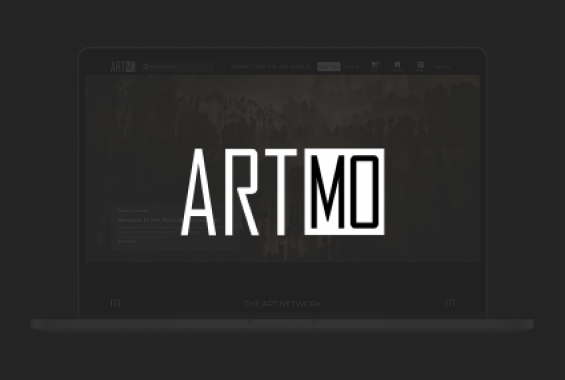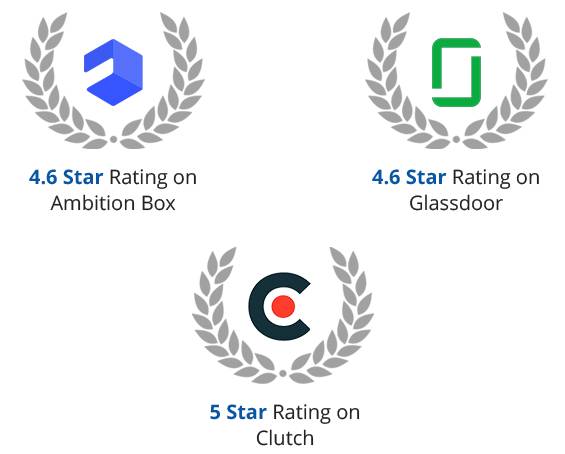In monolithic architecture, all the processes run as a single service. It results in more complexity of the application while updating a single part of the application or implementing new features in the application.
Whereas, Microservices Architecture or Microservices is an approach to develop applications in small independent modules where each module has its own process and all these small modules communicate with each other through APIs.
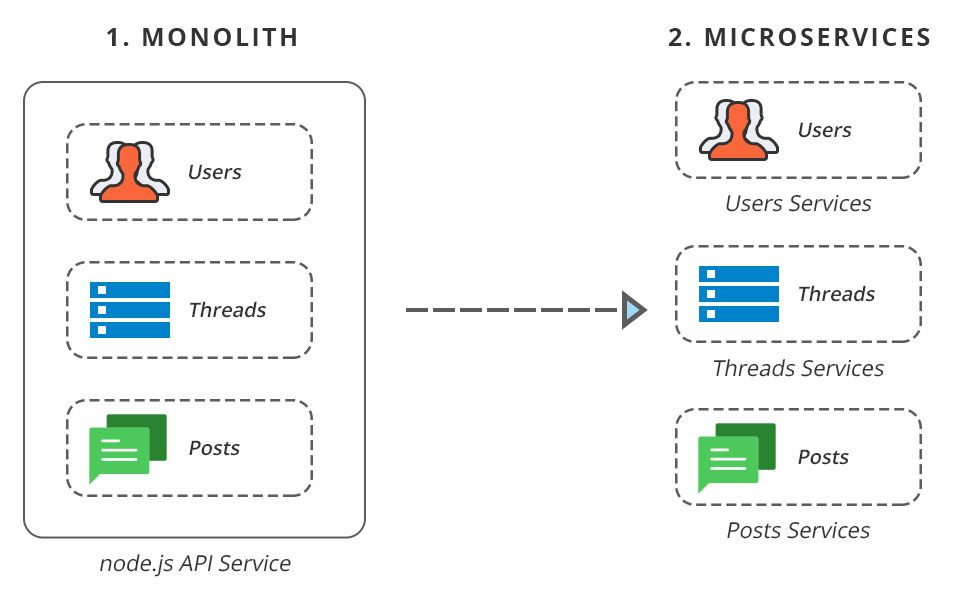
Survey Reveals the Microservices Development Adoption Insights
Building scalable microservices to power application of any size
Is your organization missing out new opportunities due to legacy systems and outdated applications? Organizations all over the world are adopting Microservices to support continuous innovation and embrace agility.
According to the state of Microservices Survey in 2017, 33% of respondents indicated that they realized benefits of Microservices within two to six months and 34% of respondents within six to 12 months.
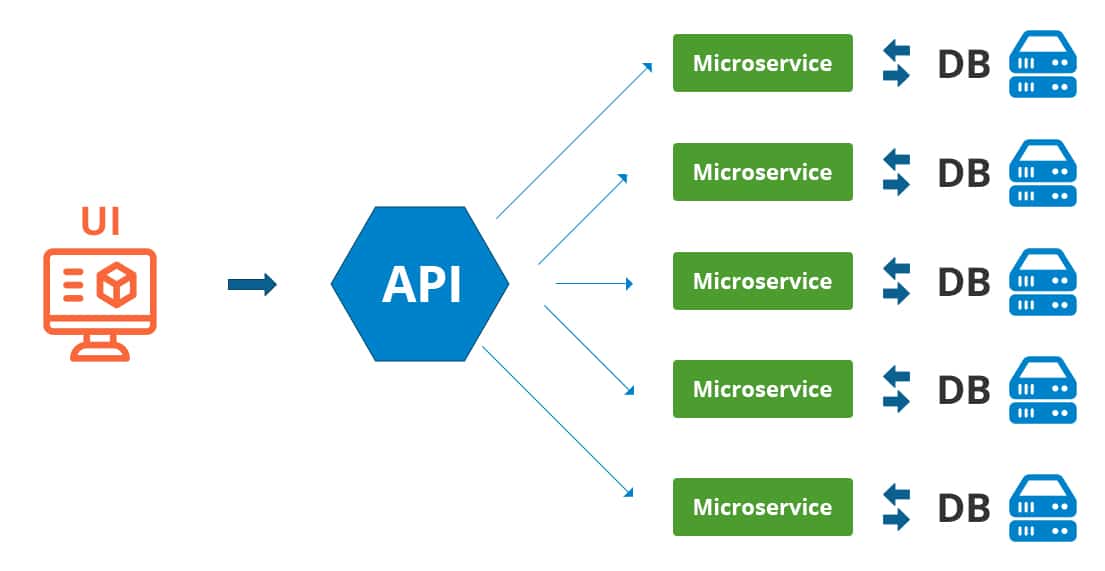
The Advantages of Adopting Microservices for Business Modernization
Companies like Netflix, Amazon, and many others have adopted Microservices for enhanced scalability but that’s not all.
Microservices offer -
Empowering End-to-End Knowledge Management with Microservices: MindPeer Success Story
MindPeer helps law firms and corporate legal departments enhance their intelligence, research, data analytics, and data management capabilities. MindPeer app has been built using the MEAN stack with a powerful and scalable Microservices Architecture. The app has various unique features and state-of-art UX along with various third-party integrations.
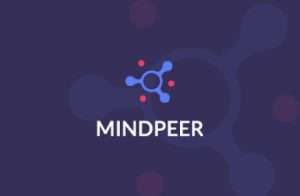
Microservices Architecture Expertise at Your Service
VT Netzwelt bolsters your endeavors to find where Microservices can best serve your business. We have developed highly successful software development practices and models to better benefit your business.
During the consultation, we analyze your organization's existing work process to understand your requirements better and propose a solution that is scalable and works best for you. Our developers can support you with their expertise in Microservices Architecture design and development.
Our Project Portfolio of Microservices Development Services
We design, build and support websites and apps for clients worldwide. We make your business stand out.
What Makes Us The Buzz of Tech Town




